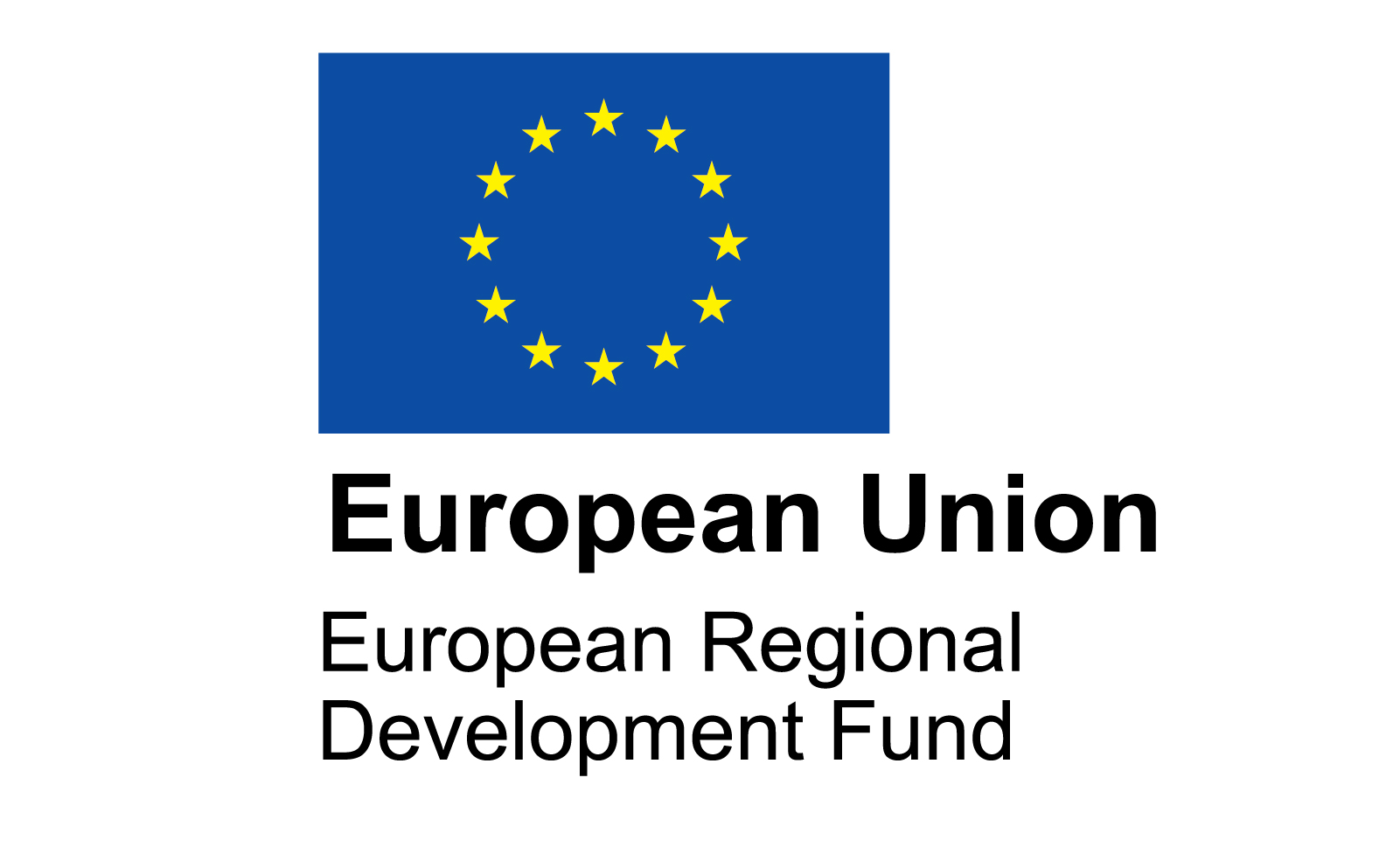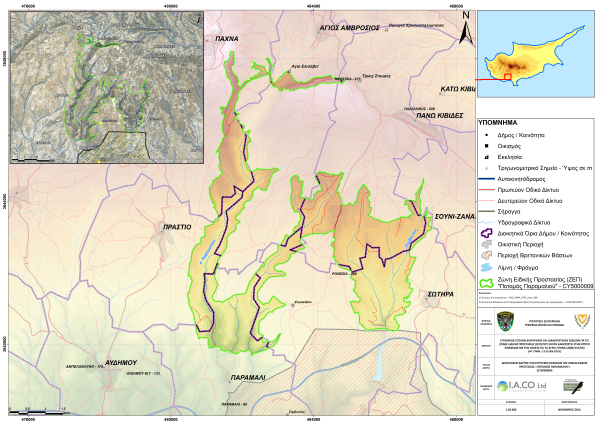Client: Ministry of Agriculture, Rural Development and Environment – Water Development Department
Other Partners: ENVECO S.A. (Greece)
Drought is a matter of great importance for Cyprus. Cyprus has always had a problem of water shortage, resulting in problems in the balance of water supply and demand, especially in times of recurring droughts. The policy of the Water Development Department promotes the sustainable management of water resources in Cyprus, aiming to address water scarcity due to droughts and also uncontrolled development. Also the provisions of the Water Framework Directive 2000/60/EC (WFD) are applied, which also aim in the sustainable management of water resources.
This project is part of the sustainable development and management of water resources in Cyprus and its aim was the investigation of the current situation of water supply networks to Municipalities that are not covered by the supply of the main Water Boards.
Extensive actions of data collection took place through questionnaires and interviews with representatives of Municipalities and the collected data were inserted into a project – specific database and used for statistical analyses.
The aspects that were examined covered: water sources, water meters (number, quality), water losses, water supply networks (quantity and quality), service water reservoirs, possible water cuts during the summer period, methods of water billing to the consumers, etc.
The main conclusions were:
- All Municipalities had individual water meters for measuring water consumption for each establishment. There was an increasing nationwide trend of water meters installed of around 6-7% per year.
- The percentage of unregistered water was around 25%.
- The Nicosia District had the highest percentage of Municipalities that needed to bring in line additional boreholes for addressing the water supply needs during the summer months.
- During years with normal to high precipitation most Municipalities made no cuts in the water supply. However, during years of drought this changes significantly where around 30% of the Communities apply cuts to water supply.
- The methods of water pricing and consumer billing vary to a great extent among the Municipalities. This applies to the fixed charge and to the consumption – pricing scales, billing frequency, water price per cubic meter, etc.
- Other aspects that emerged were:
- microbiological water pollution, in some cases, especially in communities where they use springs for their water supply, especially after a period of heavy rainfall
- seasonality yield in many boreholes and springs
- actual and potential increase in residential zones resulting in increased water demand and need of new infrastructure (network, service reservoir etc.)
- absence or insufficiency of water valves that isolate parts of the supply network in case of failure
- existence of asbestos pipes in some cases
- old networks in several communities that result to large water losses due to frequent breakdowns
Suggestions and future recommendations were made.



